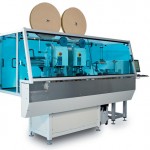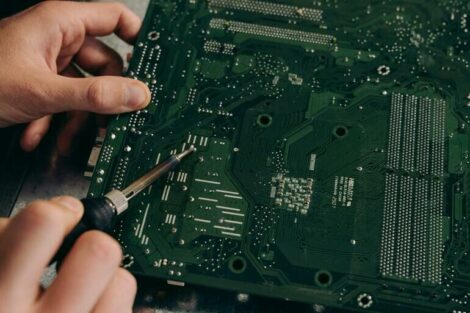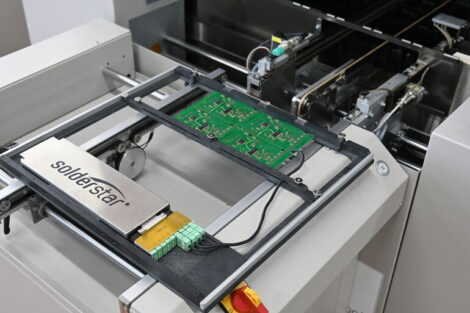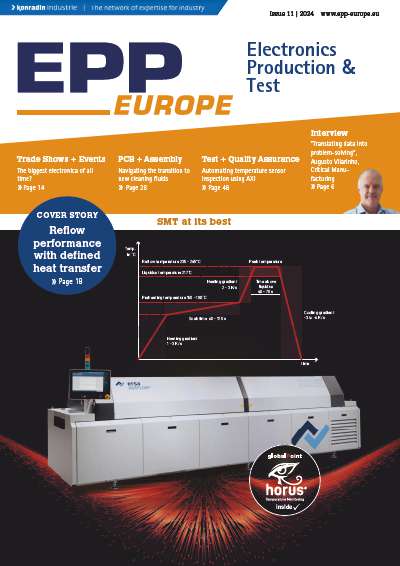In the automotive industry as well as in other industries, value-adding processes are increasingly shifted from semi-automatic manual work stations to integrated, fully automatic processing lines. EPP Europe asked Reto Liechti, Product Manager, Schleuniger AG: Is this trend an indication that the move of production to low-cost countries is slowing down?
Is production still being shifted to Eastern Europe today?
In general and compared to other industries, wire processing and the production of cable assemblies still require a relatively high level of labour-intensive processes. That is one of the main reasons why many companies in our industry have already shifted their production to so-called “low-cost countries” – and still continue to do so in order to reduce costs. This is particularly true for the automotive industry, where suppliers are acting globally, are under immense cost pressure and therefore produce not only in Eastern Europe, but also in Central / South America, China, South East Asia and India.
Do you see a trend that this development will change in the future?
Labour costs have been – and still are – the main driver to shift labour-intensive processes to regions where personnel costs are significantly lower. Let’s take Eastern Europe as an example: labour costs are increasing substantially every year, transportation costs are also increasing and supply assurance has become an issue due to intensified traffic. The combination of these factors makes moving of production locations generally less attractive. This implies, that automation of labour-intensive processes and vertical integration will gain importance in these markets.
What are the main benefits of a higher degree of automation?
While a high degree of automation reduces costs per processed wire in high volume production, it also assures constant quality. At Schleuniger, we have successfully realized projects, where the main goal was to automate quality-critical processes to improve process reliability and/or achieve higher volumes with less personnel. Overall, simplified handling processes lead to higher efficiency and lower costs. Automation also minimizes indirect costs through error prevention, quality assurance and high traceability.
What cost savings can be realized through automation?
With our TransferModule 6000 – a fully automatic transfer system that combines proven Schleuniger standard processes such as rotary stripping with other processes – our customers were able to achieve massive cost savings. Costs per cable were reduced by 50%, while volumes increased significantly. The projects yielded a quick return on investment within few months – not including cost savings by error prevention and lower logistics costs.
What are the most important criteria when deciding whether to automate or not?
As a rule of thumb: the higher the investment volume, the higher the risk. To come to the right decision, risks need to be assessed and possible doubts must be eliminated. Finally, it should be a combination of technical and economical points that form the basis of the ultimate investment decision. For financial evaluation usually a ROI analysis is done. An analysis of the technical risks often proves to be more difficult. That’s why any automation project requires a competent and reliable partner with the required knowhow to create a realistic basis for the project.
So you are implying that the choice of partner is a crucial success factor?
Absolutely, right after the engineering task of designing a technical solution, services such as competent consulting, machine specifications, flexible project management, operator training, field service at the customer’s location and a high spare part availability make or break an automation project in the mid-term. At Schleuniger, we explicitly focus on offering our customers a complete package: years of wire processing competence in various fields, proven project management processes and a global sales & service network.
How do you see the future of automation?
I strongly believe, that players in the wire processing industry will – and have to – take advantage of the benefits of automation. Especially when it comes to the fierce competitive situation automotive suppliers are facing, a higher level of automation is a key factor for mid- to long-term success.
EPP EUROPE 407
“Automation makes shifting production locations to low cost countries less attractive.”
Share:














